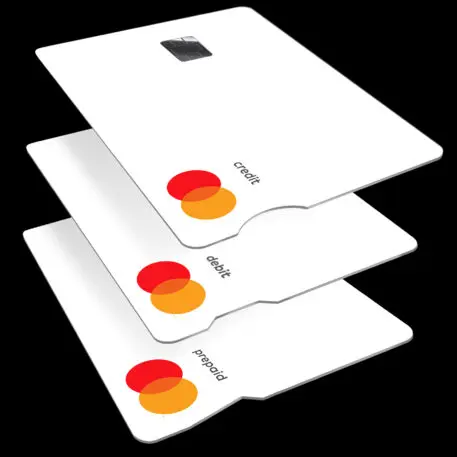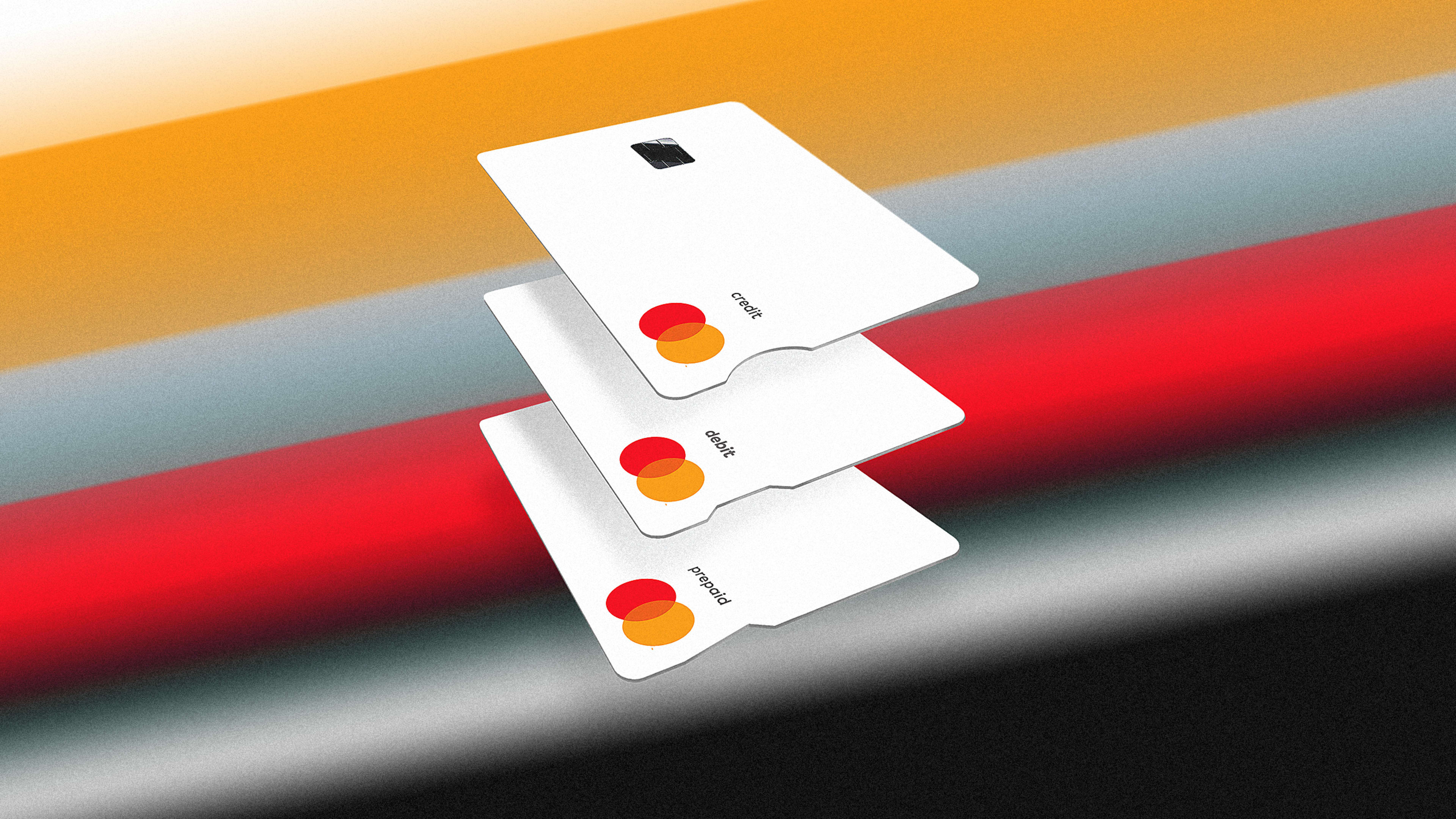Can you remember the last time you used your bank card to pay for your oat-milk cortado or withdraw $50 for that cash-only restaurant? If you are a sighted person like me, you probably don’t, because that transaction was so automatic, and so embedded in our daily routines, that we don’t even have to think twice about it. For sight-impaired people, the process isn’t that seamless.
Around 1 billion people worldwide have moderate or severe vision impairments. Of those people, 49 million are blind. For these individuals, figuring out which bank card to use—and how to use it—can be a real struggle. Tonight, Mastercard announced a new design that helps sight-impaired people orient their bank card and quickly determine whether they are using a credit card, a debit card, or a prepaid card, all thanks to one simple design element. The so-called Touch Cards feature one of three different notches on the shorter end of the card: a round indentation for credit cards, a square indentation for debit cards, and a triangular indentation for prepaid cards. It may look inconsequential, but it marks an important step in the company’s quest for inclusivity.

The card will be available to U.S. customers in early 2022. The notches are particularly timely because more and more cards are moving away from embossed details to flat, more streamlined designs. Before the advent of digital technology and electronic point-of-sale terminals, card information was recorded manually (fun fact, the device that was used to swipe cards was called a “knuckle buster“). “In this day and age, the relevance has gone,” says Rajamannar.
The Touch Card isn’t the first of Mastercard’s efforts to create a more inclusive experience. Over the past few years, the company has equipped more than 150 million checkout points worldwide with a signature audio jingle—or what Rajamannar calls a “sonic acceptance sound”—that signals the end of a card transaction. “If you are a person who is sight-impaired, when you hear the sound, you know your transaction has gone through successfully,” he explains. “And if you are blessed with good eyesight, getting confirmation that’s audio and visual, it’s reassuring, a peace of mind.”
In June 2020, Mastercard also introduced True Name, which allows the transgender and nonbinary community to choose the name that appears on their cards without the requirement of a legal name change. The card is now available in 32 countries, including in American banks like Citi and the U.K. bank Monzo. For many in the LGBTQ community, the name on their bank card does not reflect their true identity. “There’s a very simple solution,” says Rajamannar. “Put the name the person desires on the card, end of story.”
Now, Mastercard is making an equally simple proposition: Put a notch on the side of the card and allow those with sight impairments to gain more financial independence. End of story.
Recognize your brand’s excellence by applying to this year’s Brands That Matter Awards before the early-rate deadline, May 3.
